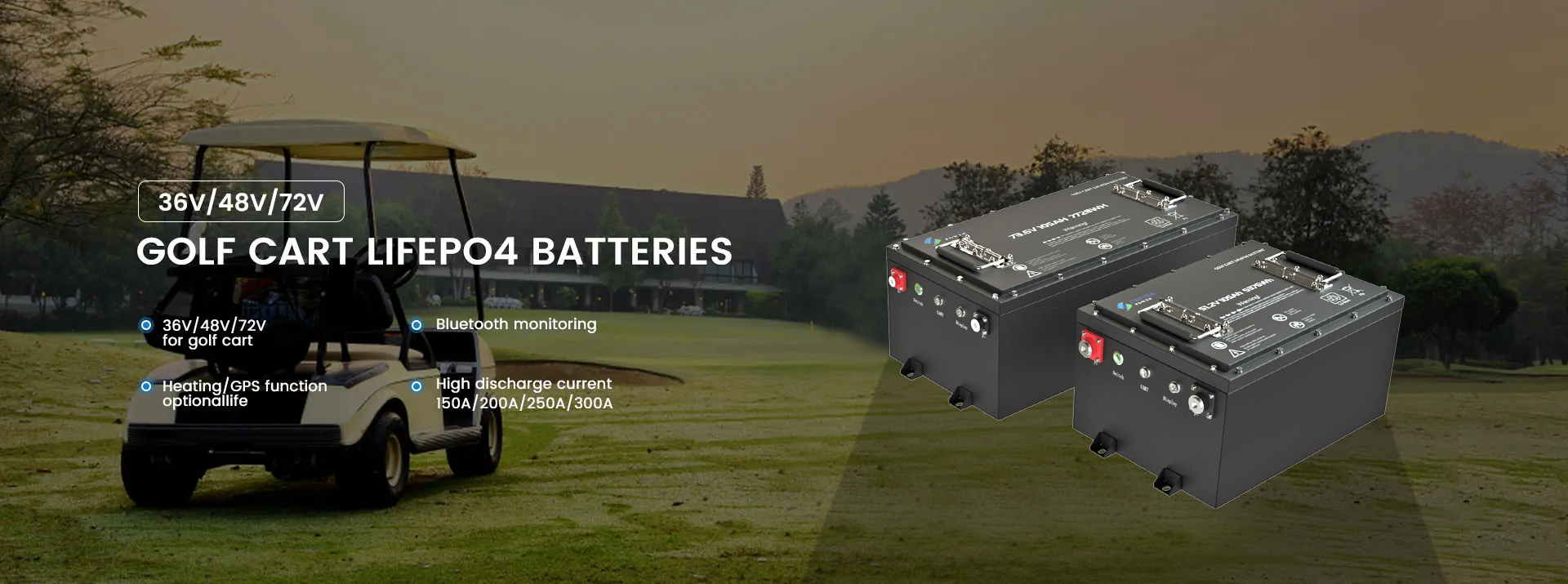
You can jump an RV battery, but there are some precautions and steps to ensure it’s done safely. Here’s a guide on how to jump-start an RV battery, the types of batteries you might encounter, and some key safety tips.
Types of RV Batteries to Jump-Start
- Chassis (Starter) Battery: This is the battery that starts the RV’s engine, similar to a car battery. Jump-starting this battery is similar to jump-starting a car.
- House (Auxiliary) Battery: This battery powers the RV’s internal appliances and systems. Jumping it can sometimes be necessary if it's deeply discharged, although it’s not commonly done as with a chassis battery.
How to Jump-Start an RV Battery
1. Check the Battery Type and Voltage
- Ensure you’re jumping the right battery—either the chassis battery (for starting the RV engine) or the house battery.
- Confirm that both batteries are 12V (which is common for RVs). Jump-starting a 12V battery with a 24V source or other voltage mismatches can cause damage.
2. Select Your Power Source
- Jumper Cables with Another Vehicle: You can jump the RV’s chassis battery with a car or truck battery using jumper cables.
- Portable Jump Starter: Many RV owners carry a portable jump starter designed for 12V systems. This is a safe, convenient option, especially for the house battery.
3. Position the Vehicles and Turn Off Electronics
- If using a second vehicle, park it close enough to connect the jumper cables without the vehicles touching.
- Turn off all appliances and electronics in both vehicles to prevent surges.
4. Connect the Jumper Cables
- Red Cable to Positive Terminal: Attach one end of the red (positive) jumper cable to the positive terminal on the dead battery and the other end to the positive terminal on the good battery.
- Black Cable to Negative Terminal: Connect one end of the black (negative) cable to the negative terminal on the good battery, and the other end to an unpainted metal surface on the engine block or frame of the RV with the dead battery. This serves as a grounding point and helps avoid sparks near the battery.
5. Start the Donor Vehicle or Jump Starter
- Start the donor vehicle and let it run for a few minutes, allowing the RV battery to charge.
- If using a jump starter, follow the device’s instructions to initiate the jump.
6. Start the RV Engine
- Try to start the RV engine. If it doesn’t start, wait a few more minutes and try again.
- Once the engine is running, keep it running for a while to charge the battery.
7. Disconnect the Jumper Cables in Reverse Order
- Remove the black cable from the grounded metal surface first, then from the good battery’s negative terminal.
- Remove the red cable from the positive terminal on the good battery, then from the dead battery’s positive terminal.
Important Safety Tips
- Wear Safety Gear: Use gloves and eye protection to guard against battery acid and sparks.
- Avoid Cross-Connecting: Connecting cables to the wrong terminals (positive to negative) can damage the battery or cause an explosion.
- Use Correct Cables for RV Battery Type: Ensure your jumper cables are heavy-duty enough for an RV, as they need to handle more amperage than standard car cables.
- Check Battery Health: If the battery frequently needs jumping, it might be time to replace it or invest in a reliable charger.

Post time: Nov-11-2024





